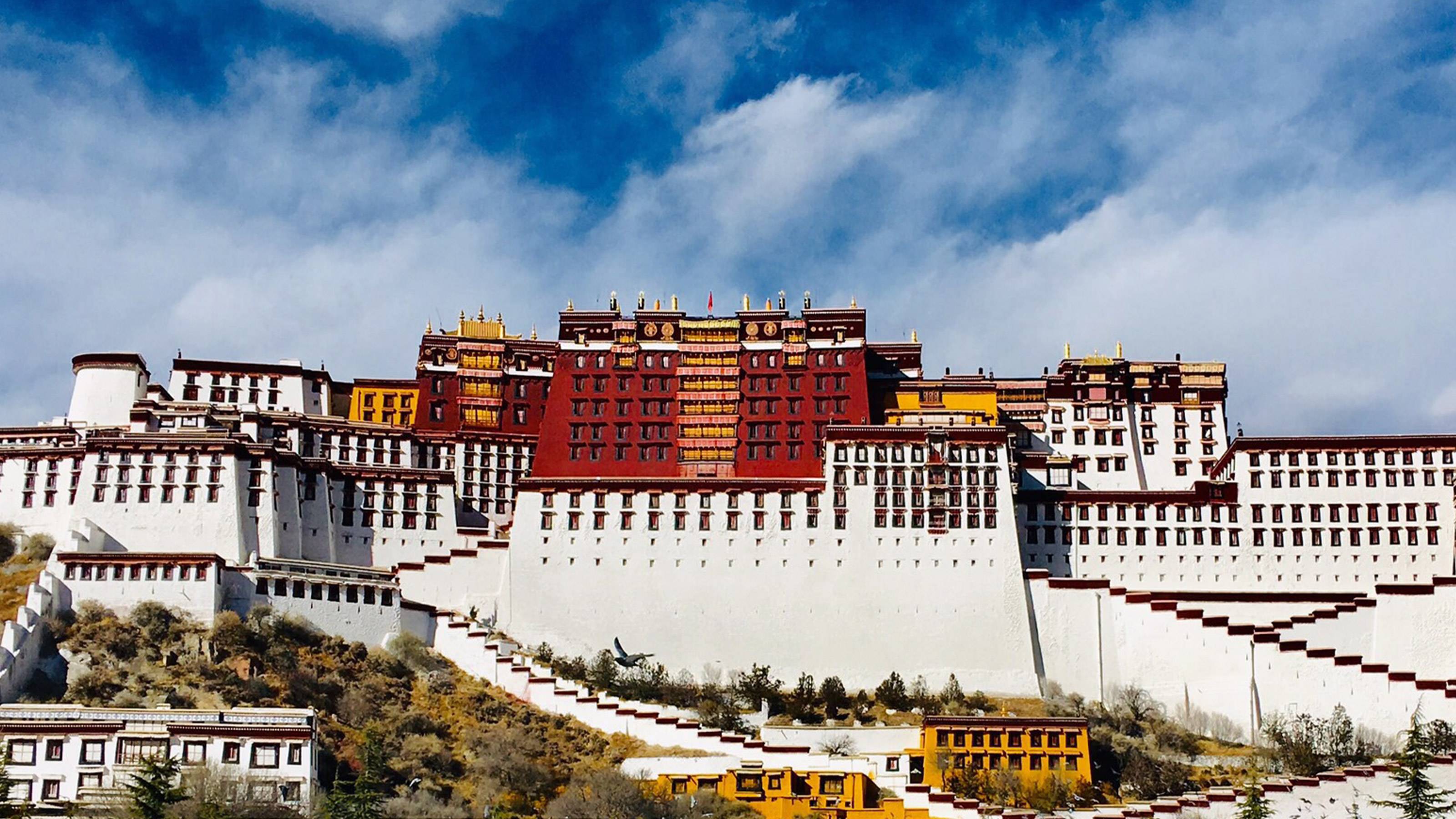Sign up for our e-newsletter
Keep up to date with Songtsam news and offers.
Become a part of our world. Tell us more about your interests and travel passions, and we’ll make sure you’re the first to hear all about our news and offers.
Thank you
Thank you for signingup.You're all set to receive the lasest news from Songtsam.
Hotel booking
-/-
Packages & tours booking
-/-
Activity booking
-/-
Occasions booking
-/-
Thank you
Thank you for your booking,we will contact you within two days.
Contact us
Ready to begin your Songtsam journey?
Contact us at info@songtsam.com
Please include the following details in your message, such as:
- Type of booking: hotel stay or travel itinerary
- Destination or preferred journey
- Travel dates, number of guests, and other relevant information
LHASA
In general, Tibetans consider the 1,300-year-old Jokhang Temple to be the most sacred and important temple in Tibet,
even more so than Potala Palace.
It is the most popular pilgrimage destination for Tibetan Buddhists all over the world and was listed as UNESCO World heritage site in 2000,
as part of the Potala Palace.
Located in the centre of the old city of Lhasa, the four-storey “House of Buddha” temple is best visited in the morning,
as access is limited in the afternoon and there are few pilgrims.
However, during both the day and night there are lots of pilgrims who pray in front of the temple,
while the real people of Lhasa spend both the beginning and the end of a single day here.
even more so than Potala Palace.
It is the most popular pilgrimage destination for Tibetan Buddhists all over the world and was listed as UNESCO World heritage site in 2000,
as part of the Potala Palace.
Located in the centre of the old city of Lhasa, the four-storey “House of Buddha” temple is best visited in the morning,
as access is limited in the afternoon and there are few pilgrims.
However, during both the day and night there are lots of pilgrims who pray in front of the temple,
while the real people of Lhasa spend both the beginning and the end of a single day here.











